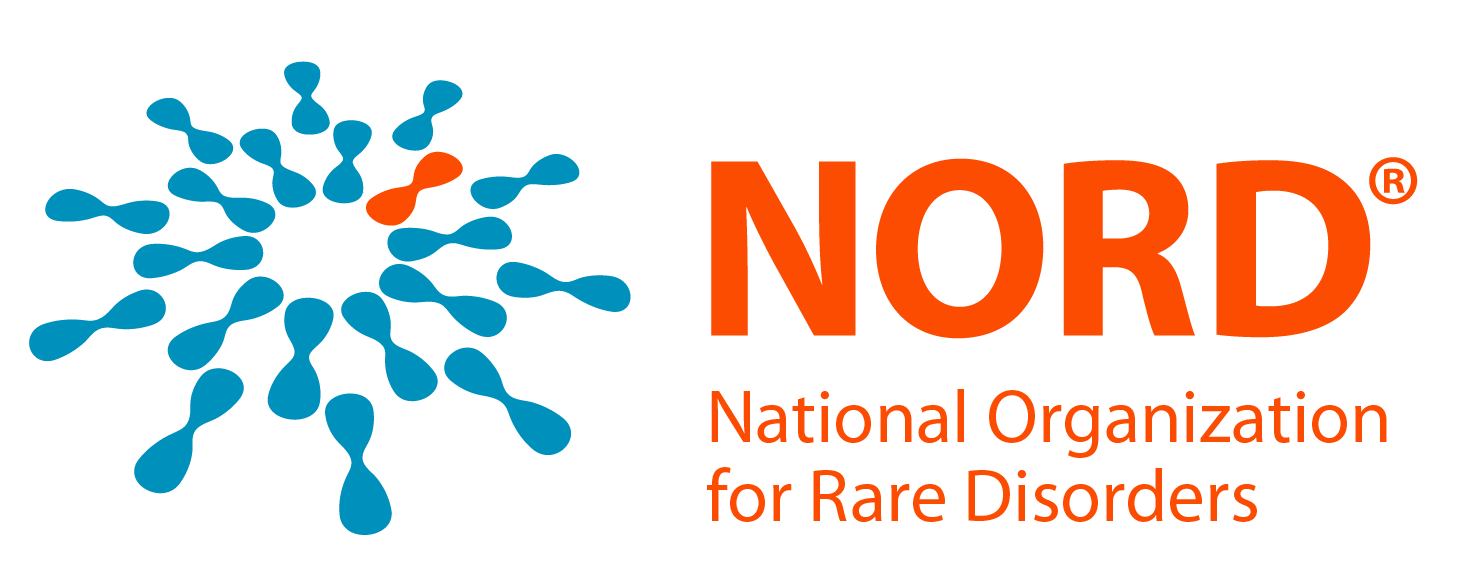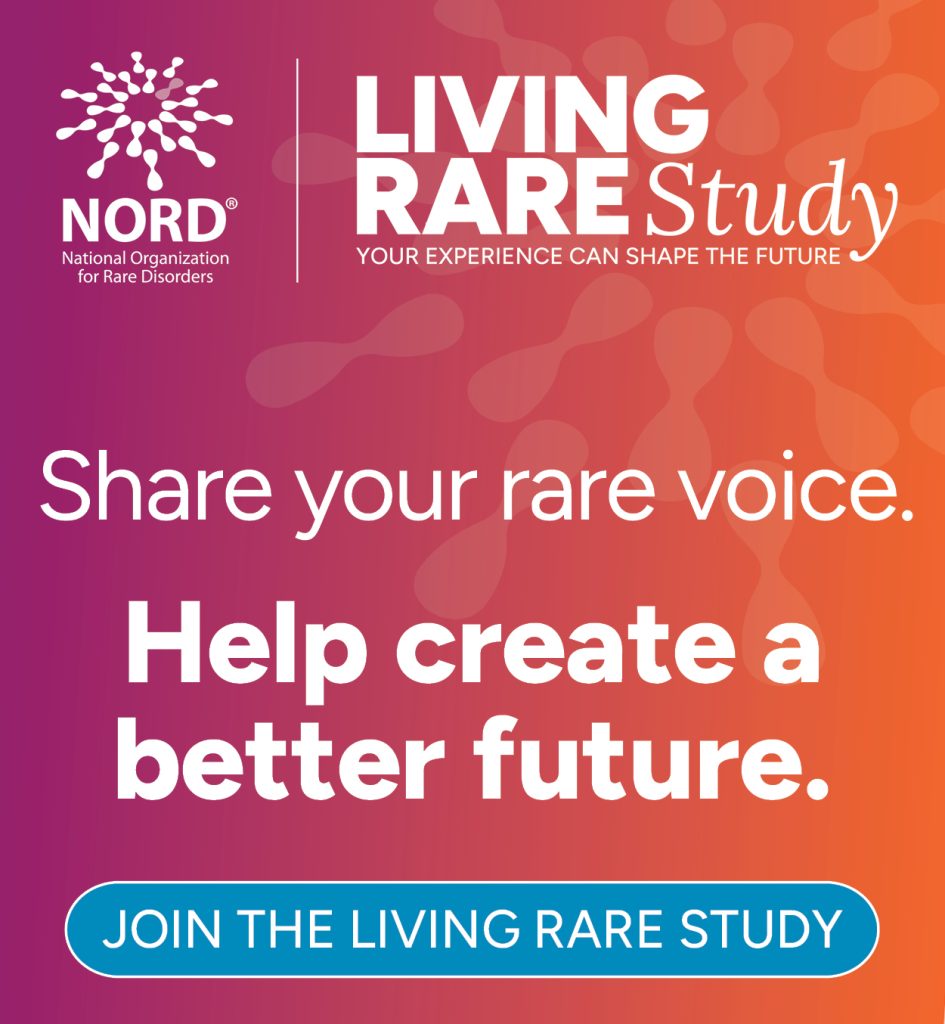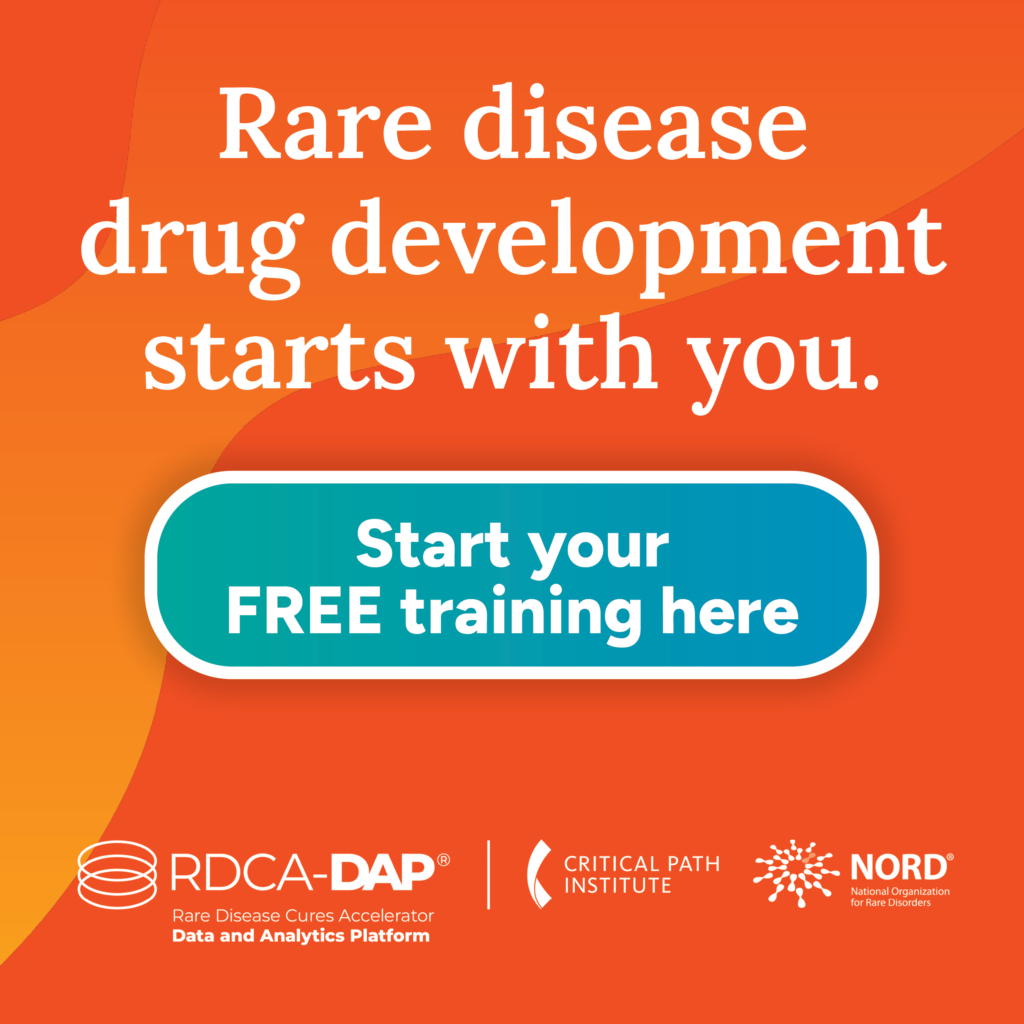Tell us a little bit about yourself! Where are you from?
My name is Viridiana Murillo, and I am from Pomona, California. I am a first-generation Mexican-American scientist and the first in my family to explore the field of genomics and data science. With six years of combined academic research and clinical lab experience, I have a strong background ranging from DNA and RNA isolation to next-generation sequencing. I am a licensed Clinical Genetic Molecular Biologist Scientist (CGMBS). Recently I have gained experience in programming, genomic data analytics, and variant interpretation.
I am a very hard working and driven individual who thrives in environments that are conducive to learning. I have an inquisitive nature that has suited me well as a scientist but also has allowed me to get to enjoy learning about processes, places, and people I find interesting. Some of my favorite pastimes include reading, dancing, trips to the beach, walks in nature and iPhone photography.
Where did you attend undergrad and what did you study? Where are you now and what are you studying?
I am an alumna of the University of California, Merced in Merced, California, where I completed my bachelor of science in Human Biology. During my time at UC Merced, I minored in Public health and conducted research as a National Science Foundation California Alliance for Minority Participation (NSF-CAMP) scholar. As an NSF CAMP research scholar, I conducted a semi-independent research project focused on the characterization of cytokine receptor profiles for the enhancement for in vitro differentiation of embryonic stem cell-derived hematopoietic progenitors (ESHPs).
I am currently a second-year graduate student enrolled in the Masters in Human Genetics and Genomic Data Analytics (MSGDA) program at the Keck Graduate Institute (KGI). I have chosen clinical decision support as my degree emphasis. Currently, I am involved as a Research Services Genomic Analyst intern with Rare Genomics Institute working on a research project involving the use of artificial intelligence (AI) software to identify rare gene variants that may contribute to the phenotype of affected patients via trio exome and whole genome sequence analysis.
Where did your interest in rare diseases come from?
I have so many stories to share but for now, I will share the one where it all began, the one that inspired me to return to school. The first was when in 2004 at the age of 3, Dulce, my cousin who is like a little sister began her diagnostic odyssey. I very vividly recall the day she suddenly presented symptoms of what we would later know as Langerhans cell histiocytosis (histiocytosis X). I was very involved with her medical profile, translating documents and doctor visits, asking questions, researching symptoms, treatments, and potential diagnosis. Langerhans cell histiocytosis is a rare cell proliferation disease affecting the MAPkinase pathway which has an incidence rate of 0.5-5.4 cases per million persons per year. I knew then that I wanted to understand the underlying mechanisms of how children like my cousin become so critically ill. It was her journey that fueled my interest in what began in an undergraduate research lab where my love for genetics was ignited which led me to pursue a career in genetic diagnostics and clinical lab science.
There are several other inflection points in my personal, academic, and professional journey with rare diseases from working for Ambry Genetics to meeting Sebastiana and everything in between. Ambry was the company that fostered my personal and professional growth as a scientist and allowed me to work both in the lab and philanthropically with rare disease patients. My love for learning and interest in NGS sequencing and pediatric analysis led me to a scientific article that piqued my interest in rapid whole genome sequencing (rWGS) for the identification of disease-causing mutations in critically ill NICU patients. During the 2018 Frontiers in Pediatric Genomic Medicine conference I met Sebastiana (one of the patients featured in the article I had read), who was diagnosed with Ohtahara syndrome using the rWGS pipeline. Seeing how her life and clinical outcomes were changed by the scientists who sequenced and interpreted her genome to guide medical management and provide a genotype specific medication to permanently stop her seizures and preventing further neurologic damage inspired me to pursue my MSGDA. Cases like hers and of many other children with rare genetic conditions drive my desire to form part of a team of skilled scientists dedicated to helping provide WGS results and genomic data interpretation.
Why did you decide to join a NORD Chapter?
I have a longstanding commitment to giving back to our genetic disease advocacy community by supporting various organizations. In addition to my contributions in the laboratory prior to returning to school for my masters, I enjoyed volunteering with organizations like the Mauli Ola Foundation, Global Genes, and the Make-A-Wish foundation.
When researching my master’s program, I learned that at the time KGI was one of three institutions with a NORD chapter. The involvement and commitment to serving the rare disease community were key in my decision to join the program. I have been a member of our KGI NORD Students for Rare chapter since I began my master’s program last fall. This year I have the honor and privilege to serve as the Vice President of our chapter. I strongly believe that my professional and academic experience are in line with NORD’s mission and commitment to the identification, treatment, and cure of rare disorders through programs of education, advocacy, research and patient services.
What do you hope to do in your career relating to rare disease?
As a master’s student and future professional scientist, my goal is to become proficient in synthesizing complex genomic data and identifying disease-causing mutations for the translation of a patient’s genomic data into actionable clinical information aimed at improving medical outcomes. I have a special interest in learning rapid analysis and interpretation of sequenced data of next-generation sequencing (NGS) whole genomes. It is with great excitement, I anticipate applying my understanding of genetic testing including whole genome sequencing, the most up-to-date genomics, and data analytics, and variant interpretation obtained during the MSGDA program. My ultimate goal is to help clinicians and patients understand the molecular mechanisms underlying rare diseases in critically ill pediatric patients.
You attended the NORD Rare Diseases and Orphan Products Breakthrough Summit in October. What was your experience like? What was your biggest take away?
I was fortunate to have the opportunity to attend this year’s 2019 NORD Summit as a scholarship recipient. The NORD summit was truly a remarkable, inspiring, and life-changing experience. It allowed me to acquire a critical learning experience to complement my genomics education in the MSGDA program. I have to say that a key take away from this summit was the importance of being patient-centric, to listen to the needs of the patients because as scientists, innovators, policymakers, etc. to truly benefit the rare disease community we serve we need to understand and ensure that we work alongside patients and patient advocates.
Attending the 2019 NORD Summit gave me the opportunity to exchange ideas, receive feedback, and gain a greater sense of confidence in regards to my career path. Through this experience, I took advantage of the speaker series sessions, panel discussions, and networking opportunities. I attended sessions in lead by distinguished leaders in academia, government, and industry.
Such an experience also became instrumental to equip me with resources essential to better serve in my role as 2019 Vice President of the KGI Students for Rare NORD Chapter. During the NORD Summit Scholarship recipients’ reception and other sessions, I was able to learn and share tools and resources which can be incorporated to support our chapter’s mission of increasing awareness and education of rare diseases and their implications, provide information regarding career opportunities pertaining to rare diseases and establish professional relationships via networking.
I believe that we never know what people we will cross paths with in life or the influence that they may have on both our lives and decisions. I had the opportunity to meet so many wonderful individuals during the NORD Summit. I am very grateful for every fellow NORD student, patient, advocate, scientist, professional and really every person I had the opportunity to meet. Ultimately, participating in the Summit has become instrumental in my ongoing development as a genomic data scientist seeking to be an agent of change in the diagnostic odyssey of critically ill children.
It is with great excitement that I look forward to attending future NORD Summit and encourage others to join us as well!
What would you say to other students who are interested in rare diseases?
I would invite fellow students interested in rare disease communities to join our supportive network of NORD leaders, students, advocates, patients and professionals. There many ways to get involved both with NORD and in the rare disease community at large. Whether it is as a volunteer, local rare disease events, conferences and so much more. Additionally, I encourage others interested in joining the rare disease community to share their knowledge, experience and time with our rare disease community. With approximately 7,000 rare diseases, there are so many organizations across the country that could benefit from your support. I truly believe that everyone has something to share with our community it is the diversity in knowledge, experiences, and subject matter expertise that brings us together for the advancement of rare diseases because “together we are strong.”



